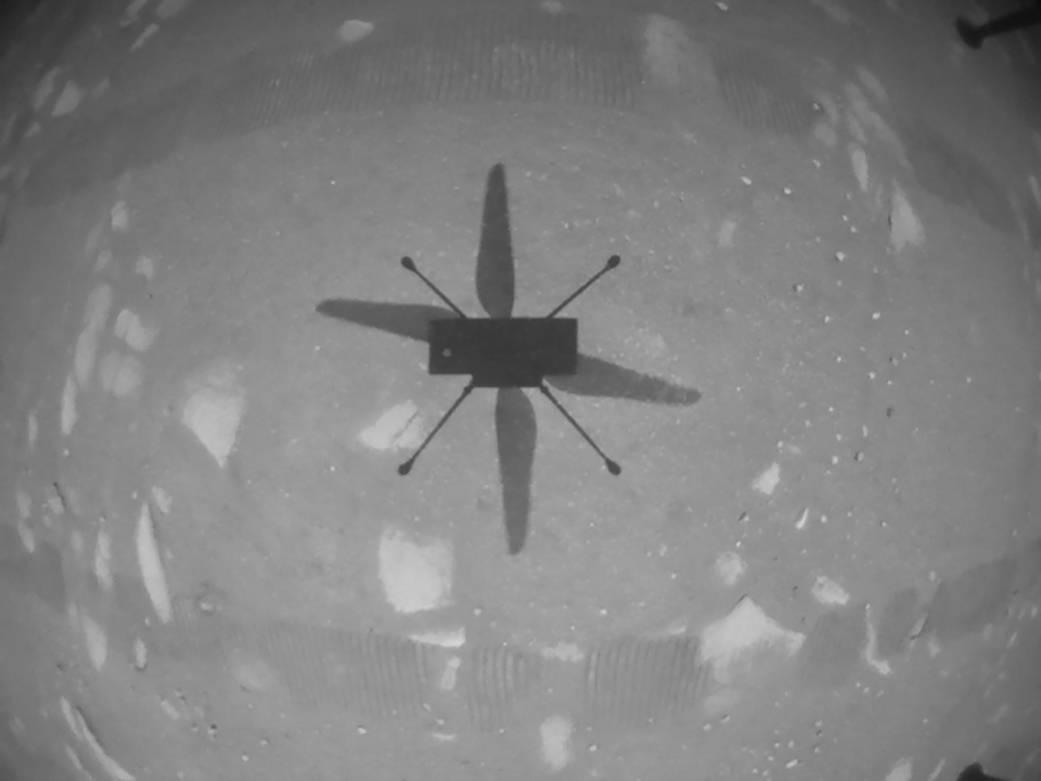
Credit: NASA / JPL-Caltech
At 12:33 p.m. Mars time (3:34 a.m. EDT) on April 19 a small helicopter lifted off from the planet’s Jezero Crater in the first demonstration of powered flight beyond Earth. The 4-lb. Ingenuity rotorcraft, designed and built at NASA’s Jet Propulsion Laboratory (JPL) in Pasadena, California, was...
Subscription Required
This content requires a subscription to one of the Aviation Week Intelligence Network (AWIN) bundles.
Schedule a demo today to find out how you can access this content and similar content related to your area of the global aviation industry.
Already an AWIN subscriber? Login
Did you know? Aviation Week has won top honors multiple times in the Jesse H. Neal National Business Journalism Awards, the business-to-business media equivalent of the Pulitzer Prizes.
